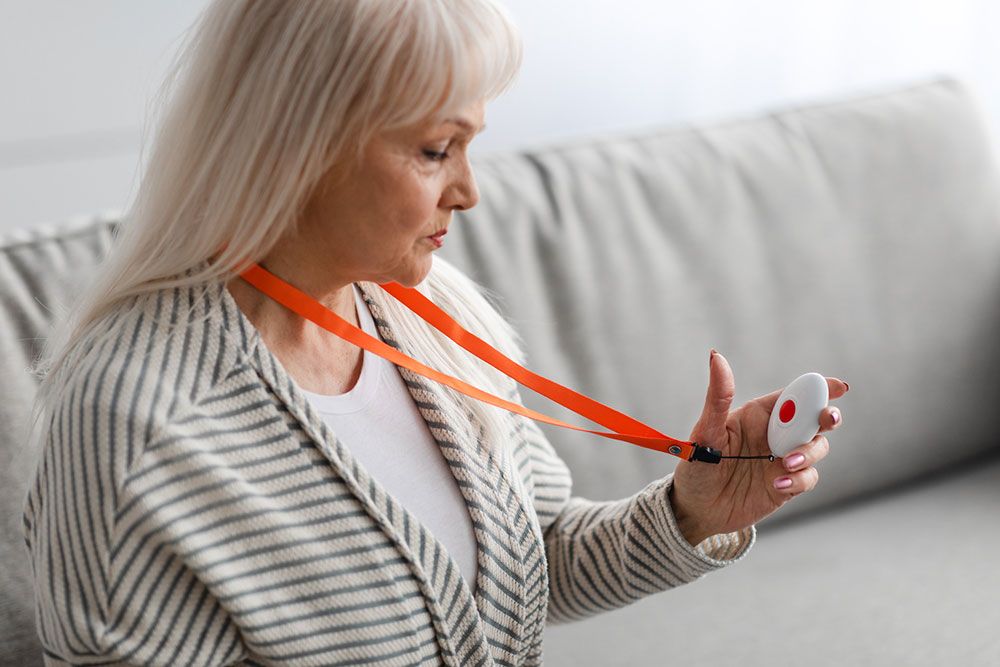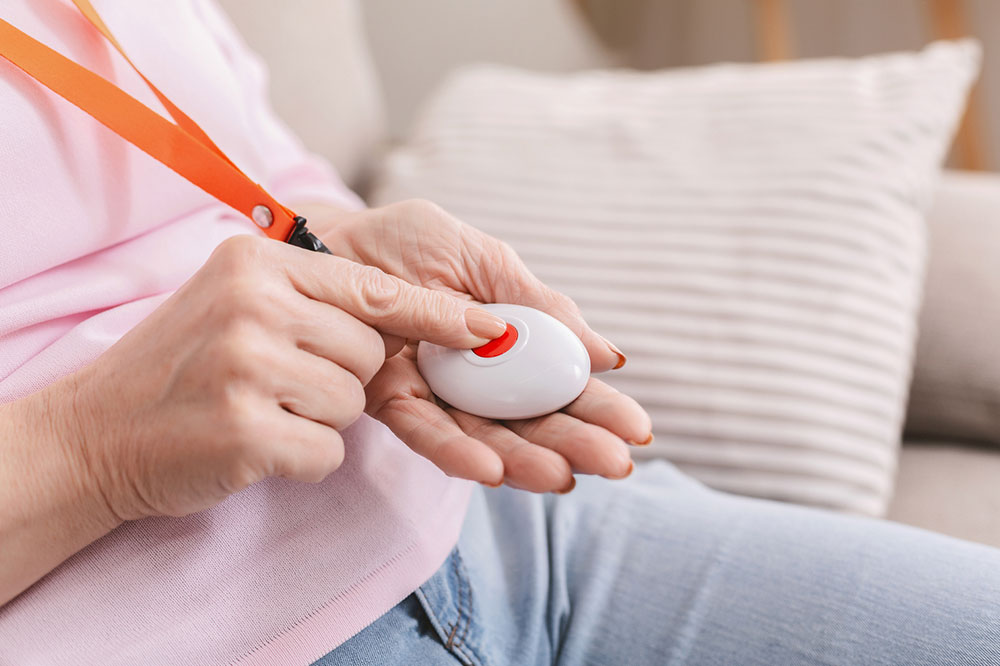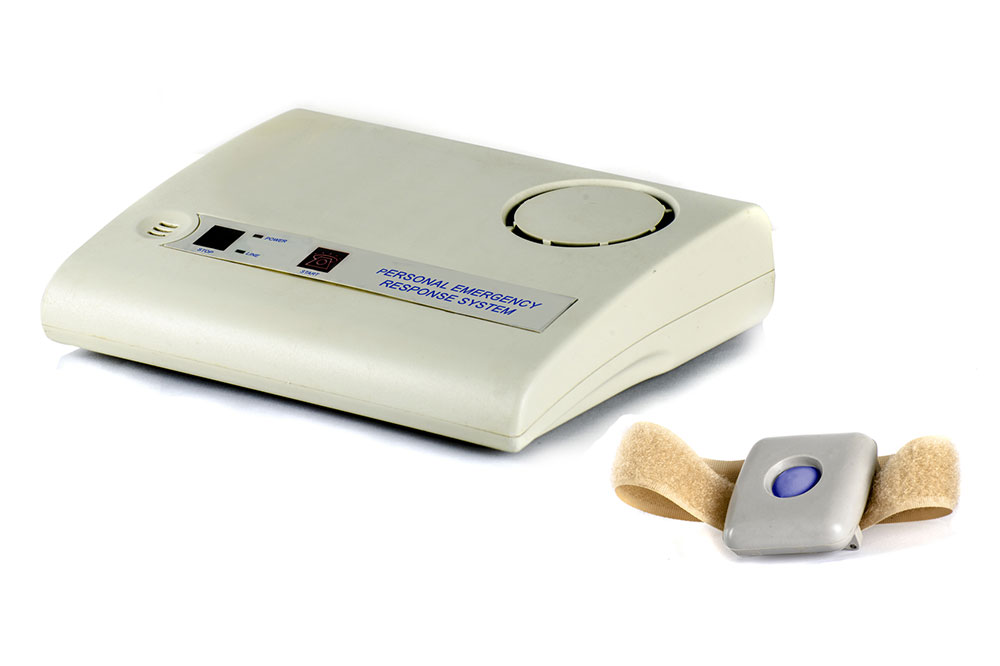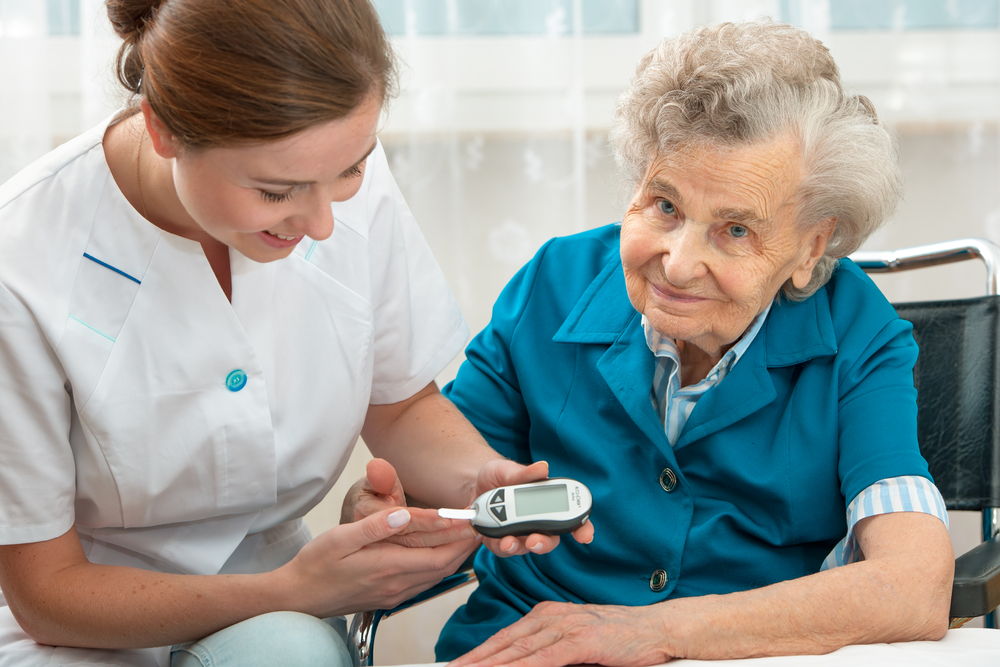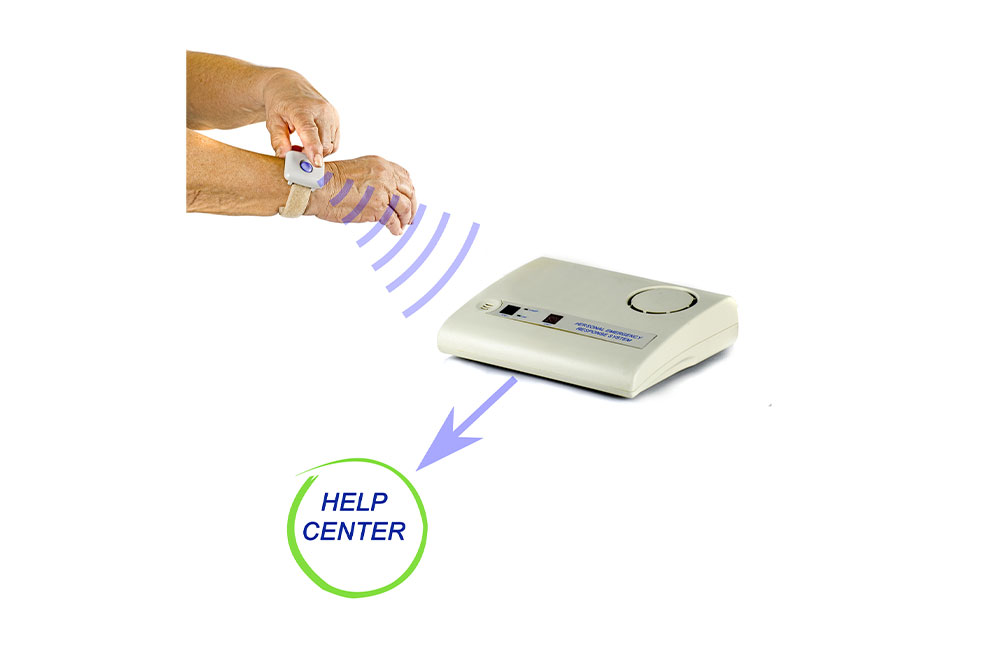Comprehensive Guide to Choosing the Best Medical Alert Systems for Seniors in 2024
This comprehensive guide explores how to select the best medical alert systems for seniors. It covers device types, essential features like fall detection and GPS tracking, and additional tips to ensure safety. Perfect for caregivers and families seeking reliable safety solutions for elderly loved ones to promote independence and peace of mind in 2024.

A Complete Guide to Selecting the Best Medical Alert Systems for Seniors
Ensuring the safety and well-being of elderly family members is a top priority for many caregivers and family members. As our loved ones age, they often face challenges related to mobility, cognitive decline, and health emergencies. To address these concerns effectively, investing in a reliable medical alert system becomes essential. These devices, also referred to as personal emergency response systems (PERS), have evolved significantly over the years, offering advanced features that provide peace of mind and prompt assistance during emergencies.
Medical alert systems are designed specifically to help seniors and individuals with mobility or health issues quickly summon help when needed. For seniors living alone or those with conditions like arthritis, Parkinson’s disease, or dementia, these devices serve as a critical safety net. They enable users to alert emergency responders instantly, often with just the push of a button. Moreover, many modern systems incorporate automatic safety features such as fall detection, GPS location tracking, and voice communication, making them more effective and user-friendly than ever before.
Choosing the right medical alert device can be a daunting task given the variety of models available on the market. However, understanding the essential features and assessing the unique needs of your loved one can help you make an informed decision. This comprehensive guide will walk you through the key aspects to consider when selecting a medical alert system, including device types, important features, and additional factors that contribute to safety and convenience.
Understanding the Types of Medical Alert Systems
Medical alert systems come in several formats, each designed to cater to different lifestyles and needs. Here are the most common types:
On-the-Go Mobile Systems: These are wearable devices, such as pendants or wristbands, equipped with GPS technology. Ideal for active seniors who frequently go outdoors or live independently. They provide real-time location data, enabling responders to find the user quickly, regardless of where they are.
Home-Based Systems: Typically comprised of a base station connected to a landline or cellular network and a wearable emergency button. These systems are suitable for seniors primarily at home. Some models have speakerphones at the base station for two-way communication.
Hybrid Systems: Combining features of mobile and home-based systems, these devices offer comprehensive protection whether indoors or outdoors. They are designed for seniors who need constant monitoring but want the flexibility to be active outside their homes.
Key Features to Consider in a Medical Alert System
When selecting a medical alert system, it’s crucial to evaluate the features that best meet your loved one’s safety requirements. Here are the main features to look for:
Help Button
This is the core feature of any emergency response device. Usually worn as a pendant or wristband, the help button allows the user to instantly connect with emergency services or family members. Some systems also offer a large button for easy pressing for those with limited dexterity or vision impairments.
Fall Detection Technology
Many seniors are at risk of falls, which can lead to serious injuries. Fall detection technology uses accelerometers and sensors to automatically identify falls and trigger an emergency alert without the need for manual button pressing. This feature is especially beneficial for users with cognitive impairments or those who may be unable to press the help button during a fall.
Location Tracking
GPS-enabled devices are invaluable for outdoor activities or if the senior has a tendency to wander. Location tracking ensures responders can locate the individual quickly and accurately, reducing response times during emergencies. It’s particularly useful for people with dementia or Alzheimer’s who might become disoriented or lost.
Two-Way Communication
A system equipped with two-way voice communication allows the user to speak directly with a response center or family members. This feature provides reassurance and enables clear instructions or checks on the user’s condition.
Waterproof and Comfortable Design
Since emergencies can happen anywhere, including showers, the device should be waterproof and durable. Comfort is also vital, as the device needs to be worn continuously without causing discomfort or skin irritation.
Battery Life and Power Backup
Long battery life ensures the device remains functional during power outages or if the user forgets to recharge. Some systems offer automatic alerts when battery levels are low, preventing accidental loss of protection.
Additional Considerations When Choosing a Medical Alert System
Beyond core features, there are other factors to consider to ensure you select the most suitable system for your loved one:
Service Plan and Cost: Evaluate the monthly fees, activation costs, and whether the system offers options without long-term contracts. Some providers include wearables, fall detection, and GPS tracking in one package, while others charge separately.
Coverage Area and Network Compatibility: Confirm that the system works well in your loved one’s living area and outdoor locations. For mobile systems, ensure they function across the regions where the user spends most time.
User-Friendly Interface: The device should be easy to operate, with clear instructions and accessible buttons. Consider the cognitive abilities of your loved one when selecting the interface complexity.
Customer Support and Monitoring: 24/7 professional monitoring services provide immediate assistance during emergencies. Verify the provider’s reputation for customer support and quick response times.
Installation and Maintenance: Choose systems that are simple to install and require minimal maintenance. Some companies offer professional installation, while others provide easy-to-follow setup instructions for DIY installation.
Conclusion: Making an Informed Decision
Choosing the right medical alert system is a critical step in ensuring the safety and independence of your elderly loved ones. By understanding the various types of devices, evaluating essential features such as fall detection, GPS tracking, and two-way communication, and considering additional factors like cost and support, you can select a system that provides confidence and security. Remember that each individual’s needs are unique, so prioritize features that align with their lifestyle, health status, and mobility levels. Regularly review and update the system as their needs evolve, maintaining their safety and peace of mind for years to come.
